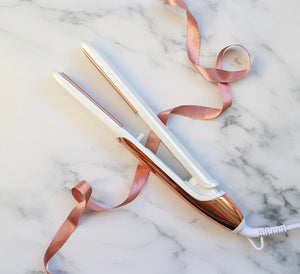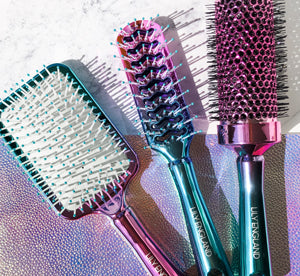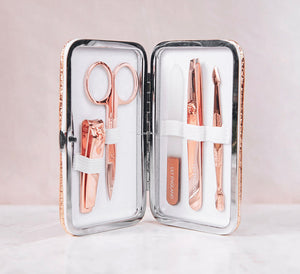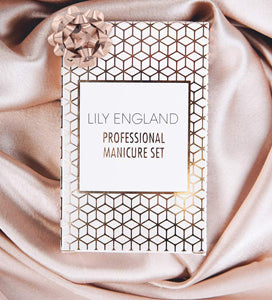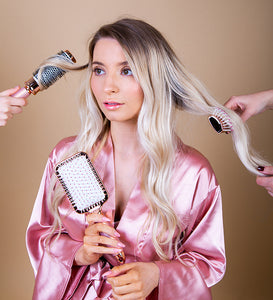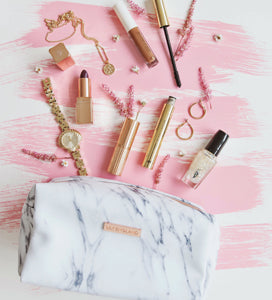How to Contour Your Face for Beginners
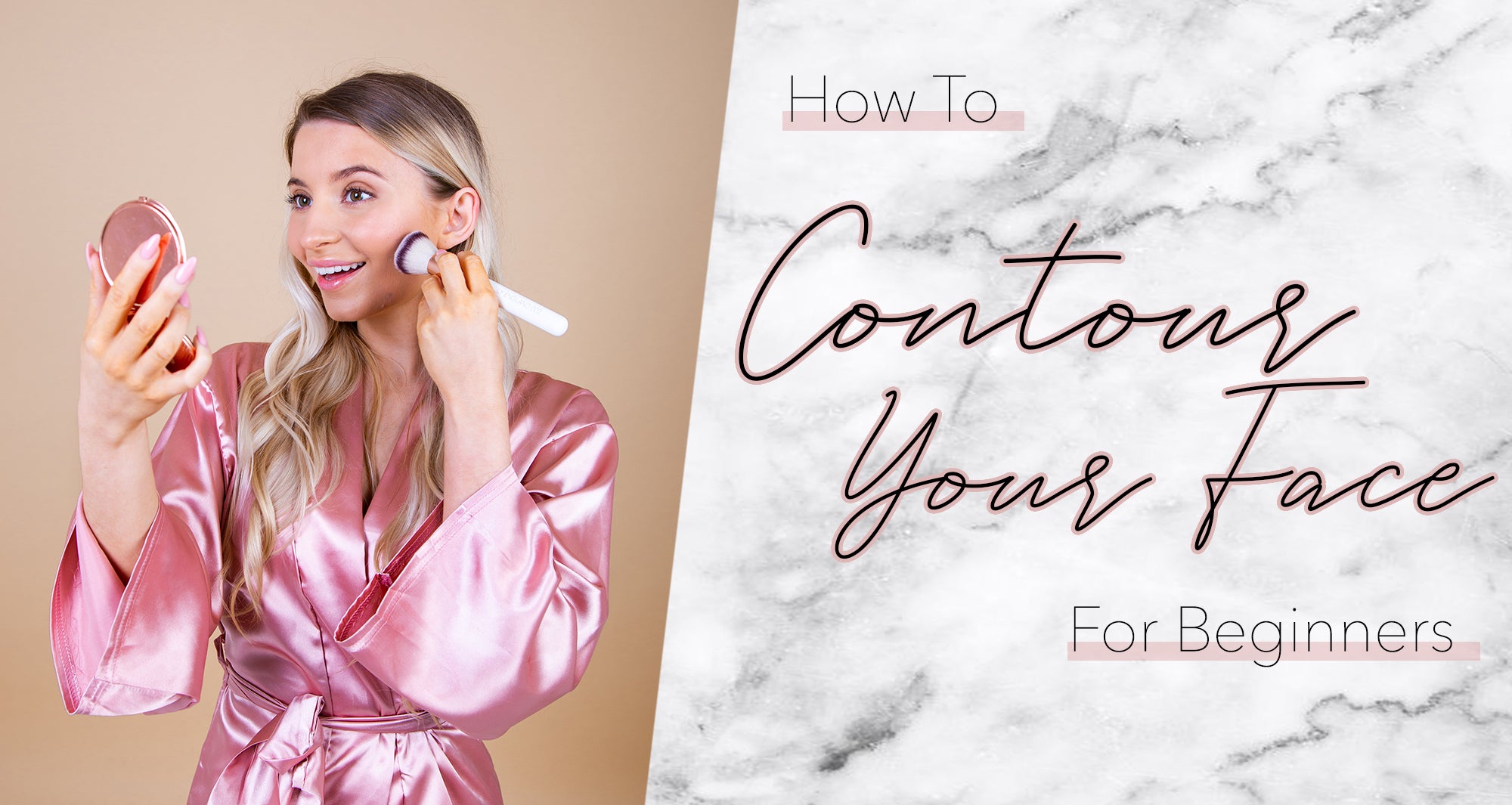
How to Contour Your Face
Ever since contouring hit the makeup scene we have all been obsessed with achieving that perfectly chiseled look. With the likes of Kim Kardashian endorsing this technique, it’s no wonder we are all coveting different contour kits, but there are so many different options on the market from creme makeup to powder, where do you even begin?
Powder vs. Cream
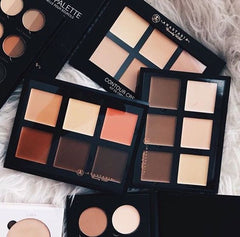 Makeup shopping can be a daunting task for some of us, especially when you want to try something new. Contouring is the act of using either cream, liquid or powder products to highlight and bronze your face to create the illusion of sharper cheekbones, slimmer nose, smaller forehead or chiseled jawline.
Makeup shopping can be a daunting task for some of us, especially when you want to try something new. Contouring is the act of using either cream, liquid or powder products to highlight and bronze your face to create the illusion of sharper cheekbones, slimmer nose, smaller forehead or chiseled jawline.
There are different benefits to using powder or cream, or if you’re really daring then you can use both!
Cream contouring is usually applied after your foundation, and can either be in the form of a stick, palette or compact. You can even opt for a liquid concealer, by buying a lighter and darker shade to highlight and contour. The advantage of using cream over powder is that it offers a more defined look. With a cream contour, it's difficult to layer from sheer to heavy; the best strategy is to apply more than you'd need, then diffuse it with your preferred blending tool. Cream contouring tends to offer a more natural texture, as it is blended in with your foundation. However, if you have oily skin, cream contour can often be too heavy which can cause congestion or breakouts.
Powder contouring is a good option for oily skin types, and should always be applied after your setting powder for a more natural look and completely matte finish. It's great for nights out as it will give you a photogenic look, with added staying power. With powder contour, less is more, if you put too much on it can look patchy and unrealistic. If you have overdone it, just take a clean powder brush to diffuse the powder.
Top Tip: For cream contour, you want to apply it on a cream or liquid base. You should set your base with powder after applying the cream, not before. If you are using powder contour, blend it on top of a powdered face to get a smooth, streak free finish that isn’t patchy!
Remember: apply wet to wet and dry to dry!
Tools of The Trade
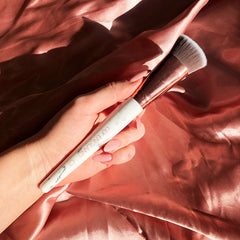 Depending on which method of contouring you are using, you will want to use different brushes. If you are opting for a cream contour, then apply using a flat concealer brush or foundation brush and blend using a kabuki brush for a flawless finish. Powder contour works best with a fluffy powder brush, preferably angled or tapered so it fits perfectly under your cheek bones.
Depending on which method of contouring you are using, you will want to use different brushes. If you are opting for a cream contour, then apply using a flat concealer brush or foundation brush and blend using a kabuki brush for a flawless finish. Powder contour works best with a fluffy powder brush, preferably angled or tapered so it fits perfectly under your cheek bones.
Our C1 flat-top contouring brush is great for blending cream, liquid or powder products for flawless chiseled cheeks and jaw.
Still unsure which brushes to go for? Why not go for a makeup brush set with a good mix of face and eye brushes to figure out your ultimate contour routine!
Contouring for the first time
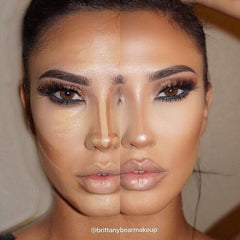 Use your foundation brush with a concealer or cream contour two shades darker than your skin tone and apply just under the cheek bone, then use a Kabuki brush to buff and blend into your foundation. This gives a more natural skin finish and is less commitment than going straight in with powder onto a foundation base, meaning you can build up colour gradually. Once you’re happy you can add a powder bronzer using a medium brush over the top for extra staying power.
Use your foundation brush with a concealer or cream contour two shades darker than your skin tone and apply just under the cheek bone, then use a Kabuki brush to buff and blend into your foundation. This gives a more natural skin finish and is less commitment than going straight in with powder onto a foundation base, meaning you can build up colour gradually. Once you’re happy you can add a powder bronzer using a medium brush over the top for extra staying power.
Contouring Hack
To bronze naturally simply apply a bronzer or contour powder in a figure of 8 shape to the face. Take your medium powder brush, begin by placing the brush at the top of the ear and blend down under the cheek bone then with remaining product apply to the forehead, under the jawline and down each side of the the nose.
Remember... all makeup, including contouring, is about experimenting. We all have different face shapes, skin types and makeup preferences, and you need to trial a few different products until you find your ultimate routine!
